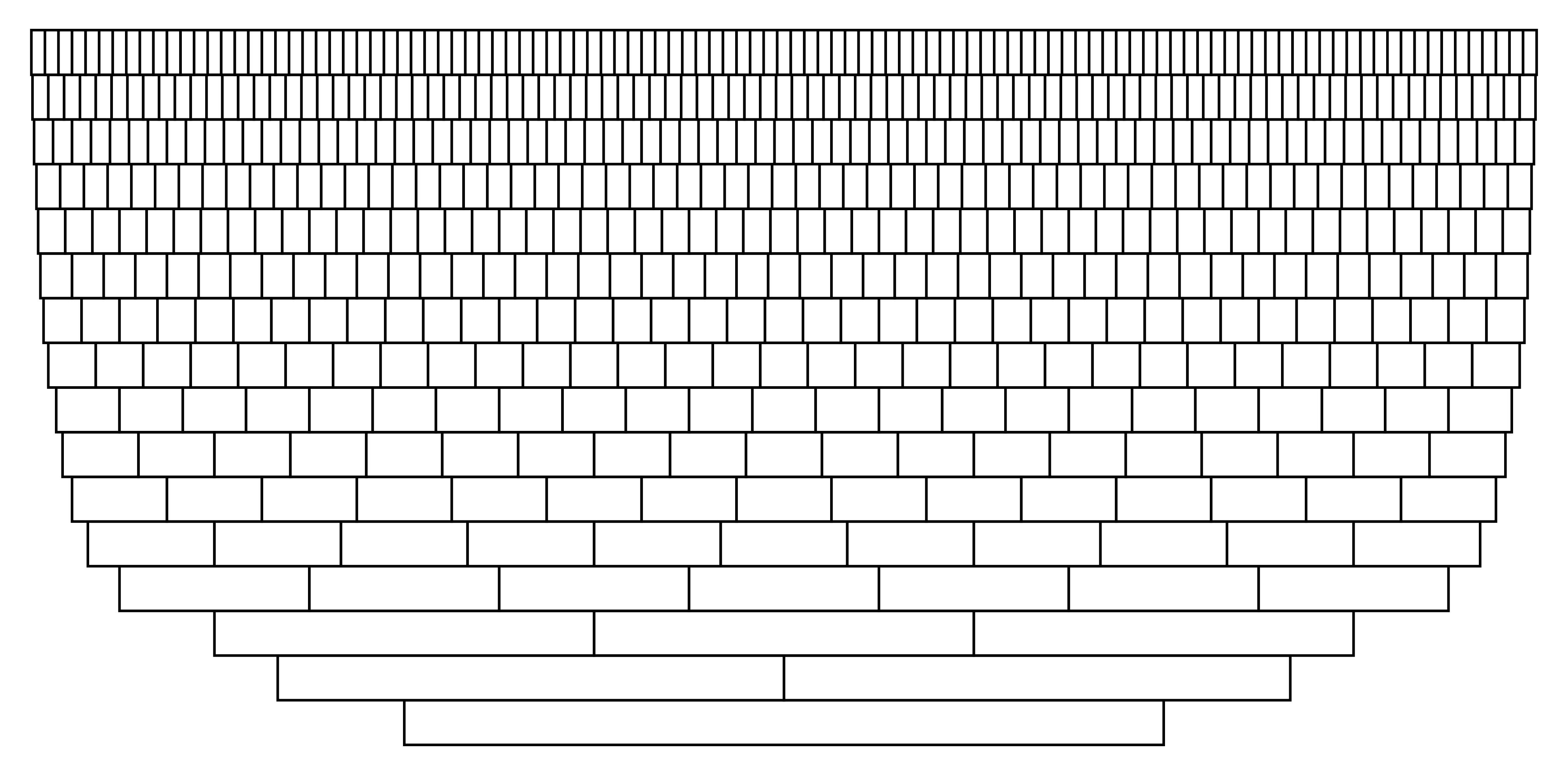| MAW | 35 basses and 108 violins | 2021 | 25' |
| rag′sma | 2 or 3 string quartets | 2019 | 20’ |
| violin octet | 8 violins | 2013 | 112’ |
| Nathaniel Giles: Miserere (1594) | 4 violins | 2020 | 4.5' |
| Rodericus: Angelorum Psalat (ca. 1390) | string quartet | 2011 | 4' |
| violin duo | 2 violins | 2010 | 10’ |
| 3x4x5 | string quartet + sine tones | 2017 | 27’ |
| Thomas Morley: Christes Crosse (1597) | string quartet | 2018 | 5' |
| Solage: Fumeux fume par fumée (ca. 1390) | string quartet/td> | 2018 | 7' |
| 1260 1980 | sine tones | 2017 | 52’ |
| Firehouse piece | 4 Hutchins violins + sine tones | 2015 | 56’ |
| Stone piece | 5 Hutchins violins | 2014 | 51' |
| piece for Erik | violin + sine tones | 2013 | 9’ |
| Algol | string quartet + sine tones | 2008 | 14' |
| Weslos | Partch instruments | 2018 | 16’ |
| metadivisors | sine tones | 2017 | 27’ |
| Ductually Crossible Flassionallion | violin + sine tones | 2016 | 2160’ |
| Absolessaged Backly | cello + sine tones | 2016 | 30’ |
| Stone drone | 5 Hutchins violins + sine tones | 2013 | 60’ |
| Castor and Pollux | Hutchins violin octet | 2010 | 23’ |
| Dovetails | string quartet | 2009 | 13' |
| Bushwick installation | sine tones | 2008 | 60' |
| beat | sine tones | 2005 | 130' |
| Quartets | string quartet + sine tones | 2004 | 3.5' |
| Sexdectet | 4 string quartets | 2004 | 5' |
| Mutatis Mutandis | 2 synthesizers | 2004 | 16' |
| Cynosures | piano | 2003 | 4.5' |
performed August 7, 2013 by
Christopher Otto, Mezzo Violin
Emily DuFour, Alto Violin
Kevin McFarland, Tenor Violin
Lauren Radnofsky, Baritone Violin
Greg Chudzik, Contrabass Violin
The form of the drone is based on cycles of 1:2:3:4:5:6:8:10:12:14:16:20:24:28.
Each of those cycles corresponds to a fundamental frequency proportional to the cycle speed - ie, the slowest (1) corresponds to a fundamental of 15/4 Hz, while the fastest (28) corresponds to 28*15/4 = 105 Hz.
These cycles are represented by the fade-in and fade-out of the fundamental. Within each fundamental are harmonics (which are all 7-limit integers (ie numbers whose only prime factors of 2, 3, 5, or 7) up to a certain frequency cutoff) which are each beating at speeds proportional to their frequency.
Against this cyclical structure, the string parts follow a trajectory similar to the Violin Octet, ie starting with high fundamentals and going down to the lowest.
They basically start and end each section with the peak of the corresponding drone cycle, although the entrances are staggered.
The available bow speeds of each section are determined by those numbers of sixteenths (or triplets for a couple sections) which evenly subdivide the length of the section (ie formal cycle) and which are within a certain range (ie 10 16ths through 16 16ths, I believe, to allow for comfortable bowing).
